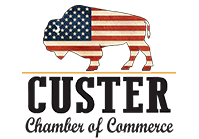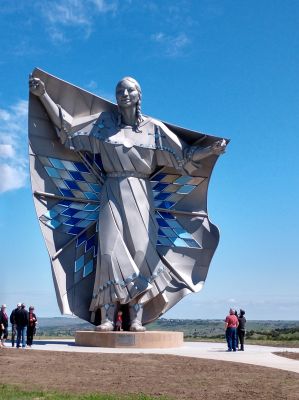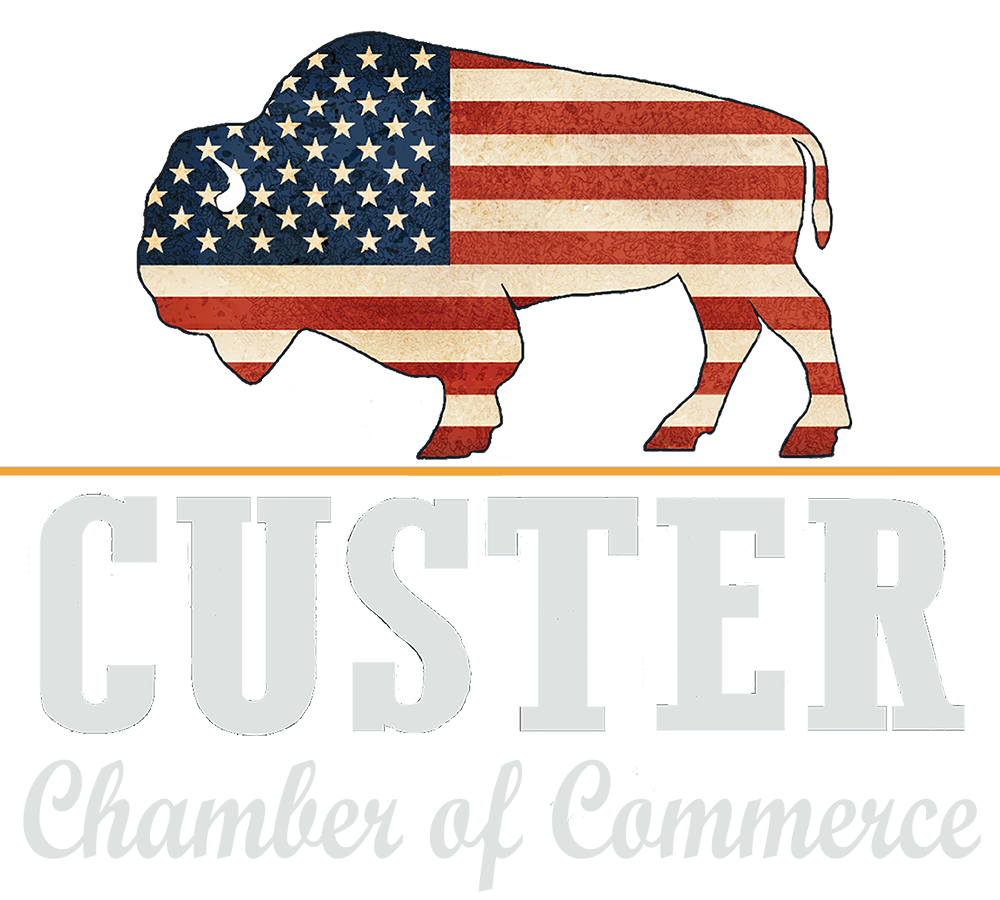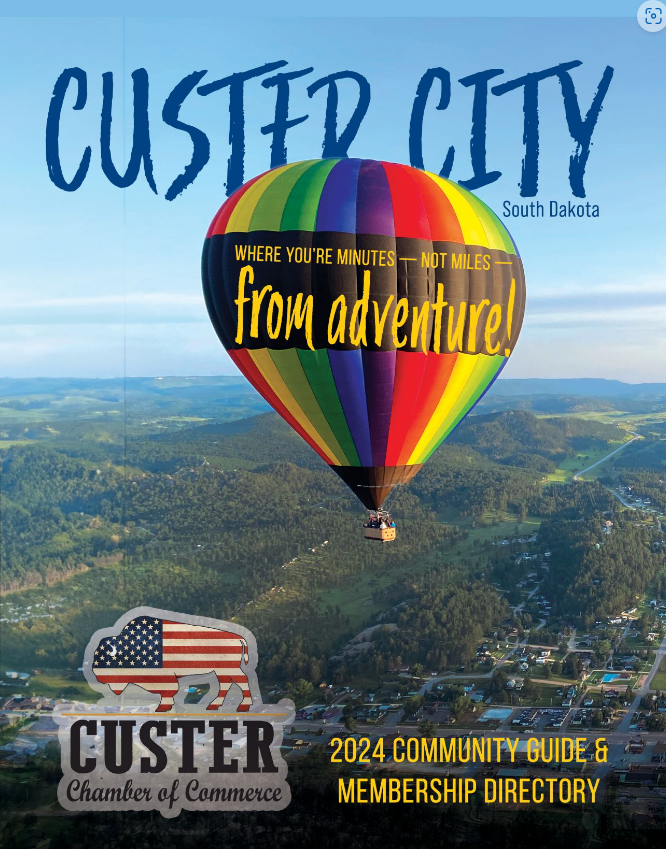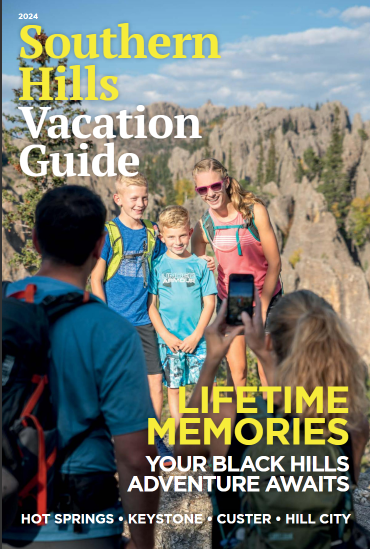| Black Hills Area with a Native American Focus Written by Fred Baumann April 20, 2020  (1)_li40.jpg) South Dakota is home to nine distinct Native American Indian tribes and nations, a fact that presents opportunities for adventurous travelers who are willing to go off the beaten path, take a drive and experience different cultures. | BRIDGES OF CUSTER COUNTY March 27, 2024 Groundhog Day! Written by Andrea Spaans February 1, 2024  Plan for Vacation Day Written by National Day Calendar January 29, 2024 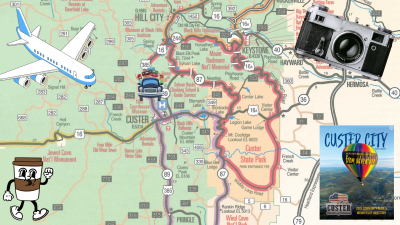 Christmas Lights December 20, 2023 Holidays in the Hills November 22, 2023 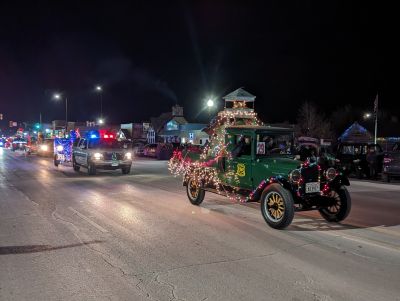 |

|
||||
|
|
||||
